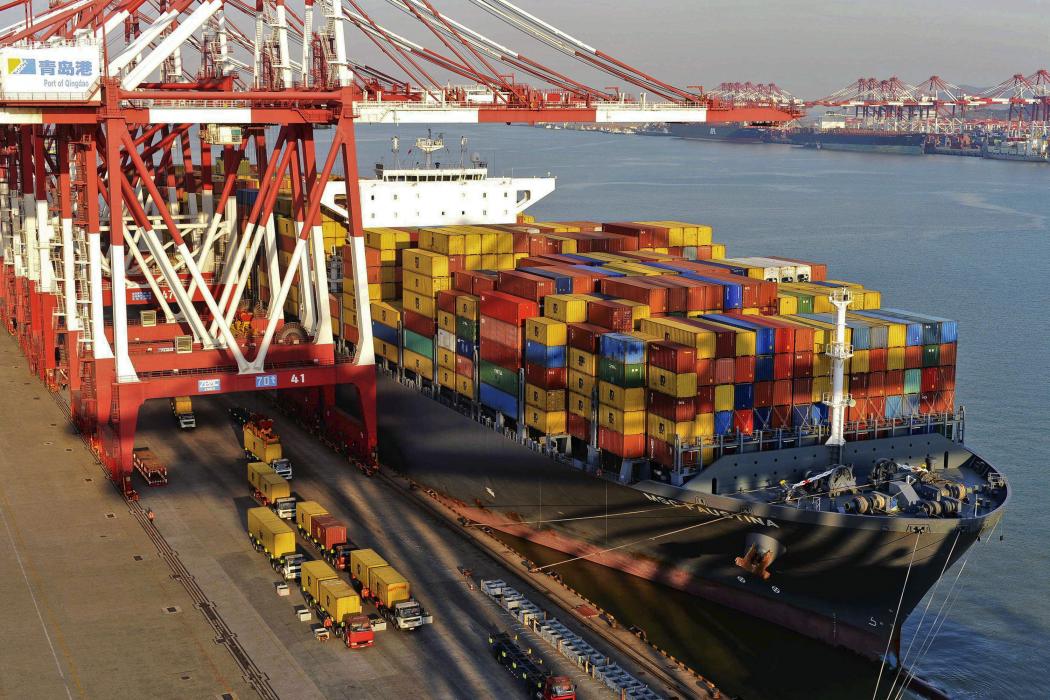The World Bank cut its 2015 and 2016 growth forecasts for developing East Asia and Pacific, and said the outlook was clouded by the risk of a sharp slowdown in China and possible spillovers from expected increases in US interest rates.
The Washington-based lender now expects the developing East Asia and Pacific region, which includes China, to grow 6.5% in 2015 and 6.4% in 2016, down from 6.8% growth in 2014, Reuters reported.
Its previous forecast in April was 6.7% in each of 2015 and 2016.
“The baseline scenario for regional growth is subject to a greater-than-usual degree of uncertainty, and risks are weighted to the downside,” the World Bank said in its latest East Asia and Pacific Economic Update report on Monday.
“In particular, uncertainty surrounds the trajectory of, and spillovers from, China’s economic rebalancing and the expected normalization of US policy interest rates.”
Clouded by Weakness
Growth in developing East Asia excluding China is expected to hold steady in 2015 at 4.65 before accelerating to 4.9% in 2016, the World Bank said. Those were down from previous forecasts of 5.1% growth in 2015 and 5.4% in 2016.
The bank said the outlook for household incomes and business profits in Indonesia and Malaysia was clouded by weakness in global commodity markets. It said lower real trade-weighted exchange rates can play a key role for such commodity exporters to adjust to weaker terms of trade.
“The depreciations of the Indonesian rupiah and Malaysian ringgit against the US dollar have reduced the drop in exporter revenues, corporate profits, and household incomes in local currency terms–a valuable shock-absorbing effect,” it said.
“More generally, authorities should limit currency market interventions to smoothing volatility, given the importance of maintaining adequate reserve buffers,” the World Bank added.
Further declines in Asian currencies against the dollar could cause balance sheet strains in countries with significant dollar-denominated debt, it said.
“Stress may arise whenever individual firms and sectors suffer from a significant concentration of liabilities,” the World Bank said, adding that such risks are a special concern in Indonesia, Malaysia, Thailand and Vietnam.
East Asia remains one of the main growth drivers of the world economy, accounting for nearly 40% of global economic growth, the report said.
China Slowing
The World Bank expects China’s economy to grow 7.0% this year and gradually slow over the next two years, according to the report, MarketWatch reported.
“China has sufficient policy buffers and tools to address the risk of a more pronounced slowdown, including relatively low public debt levels, regulations restricting savings outside the banking system and the state’s dominant role in the financial system,” it said.
Sustained reforms in China will support a rebalancing of local demand from investment to consumption, it said. The World Bank expects China to grow 6.7% in 2016.
To overcome the risks posed by China’s economic slowdown and a hike in US interest rates, the bank called on the countries to adopt “prudent macro-economic management” and undertake structural reforms.
The bank, however, allayed concerns of a “hard landing” in China, saying that the world’s second-biggest economy has “sufficient policy buffers” to address the risks to its economy and prevent a sharp slowdown.


